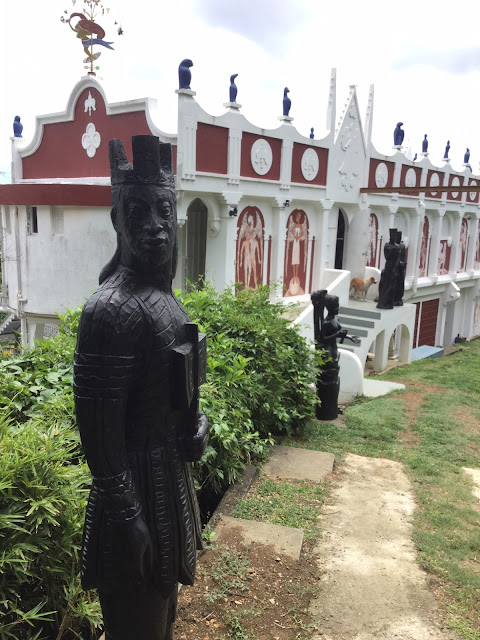Tribute to Tobago Folk

The Tobago Icon Museum (Luise Kimme) in Bethel is an inspiration for young Tobagonian artists, and a unique attraction for local and international visitors. It is the home and workshop of the German-born Luise Kimme, and features artwork from her 30-year love affair with Tobago. Pat Ganase recommends a visit. Luise Kimme came from Germany to the Caribbean in the late 1970s. She had fallen in love with the distinctive sensuous Tobagonian features, and followed her heart to Tobago. It was a turning point in her life. She had grown tired of the contemporary abstract art of Europe, the environment in which she was expected to work after her studies in prestigious art colleges in Germany and London; she was at that time a Professor at Dusseldorf Academy (a post which she occupied until 2002). Tobago revitalized her and she turned her back on the trends of the modern art world to follow a completely new track in sculpting in wood, larger than life figures of ordinary folk. Thr


